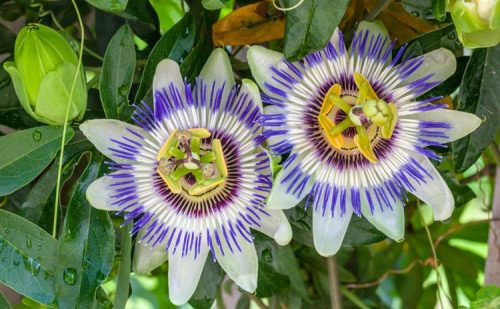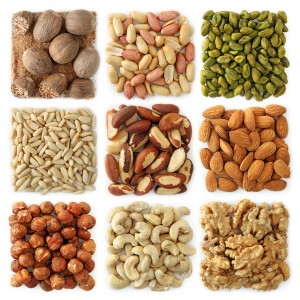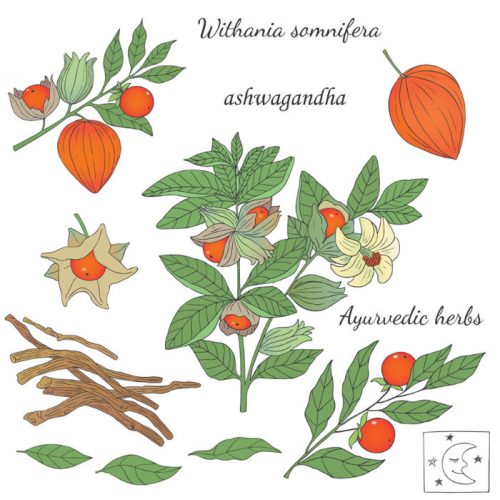Stress is an increasingly common factor in modern day lives and impacts both physically and mentally causing muscle tension, sleeping problems, nervous anxiety and irritability.
The need in these situations is for a mild but effective sedative that will not cause drowsiness or addiction even if taken long term. There are a number of herbs that work effectively on the central nervous system but some interact with other medication and others are not suitable for long-term use.
Passiflora has traditionally been used as sedative and to help with mild depression. Beauty is, it has no side effects or contra-indications and can safely be taken long-term. When mixed with other sedative herbs its effects are strengthened.
Due to its anti-spasmodic properties, Passiflora can also be given to relieve muscle tension and intestinal spasms (gastro-intestinal symptoms are often linked to stress).

Passiflora Incarnata – Passion Flower
History
The passion flower is well known to the natives of South American as a herbal remedy. The plant was also often used in Brazilian medicinal folklore. The passion flower was discovered by a Spanish doctor, Monardes in Peru in 1569.
Forty years later it was introduced to Europe as an ornamental plant, for long before the passion flower was included in Europe’s treasury of medicinal plants botanists were fascinated by this climber’s inflorescence.
In his book De florum cultura, published in 1633 the Jesuit Ferrari saw in the various parts of the flower all of the instruments of the Passion of Jesus Christ:-
- the three-lobed leaves represent the spear
- the tendrils the scourge
- the three styles the nails of the cross
- the stigma represent the sponge steeped in vinegar
- the corona at the centre of the blossoms resemble the Crown of Thorns
- the ovaries on a stalk represent the chalice
- the five stamens the five wounds
- and the stemmed ovary (androgynophore) the cup or according to other interpretations the post to which Christ was bound during the flagellation.
The Jesuits also gave the passion flower its Latin name, which is made up of the words passio or ‘suffering’ + flos + the ‘flower’ + incarnata which means ‘to make flesh’ re-incarnation respectively.
The passion flower began to be used as a herbal remedy in the second half of the last century. It is well known as a sedative in low doses to American homeopaths.
The remedy’s cardio-tonic properties were recognised in France and in Switzerland. During the First World War passiflora was used as a nerve sedative to treat shell-shock.
Habitat and Cultivation
Over 400 species of the Passiflora family are to be found in primarily tropical habitat; unfortunately this plant is nowadays a highly endangered species. Most of the species were originally found in the Southern States of the USA as well as in Central and South America.
Botanists and plant lovers were responsible for the worldwide dissemination of the plant, so today species of the plant can be found in all tropical and subtropical parts of the world. Some species are less sensitive to cold weather and can survive European winters provided it is growing in a frost-free area.
The plant can sometimes be found growing wild. Nowadays it is produced from specially grown crops. The main areas of cultivation are in India, Florida, Italy and Spain.
Organic tablets, tinctures and sprays are available in-store.




